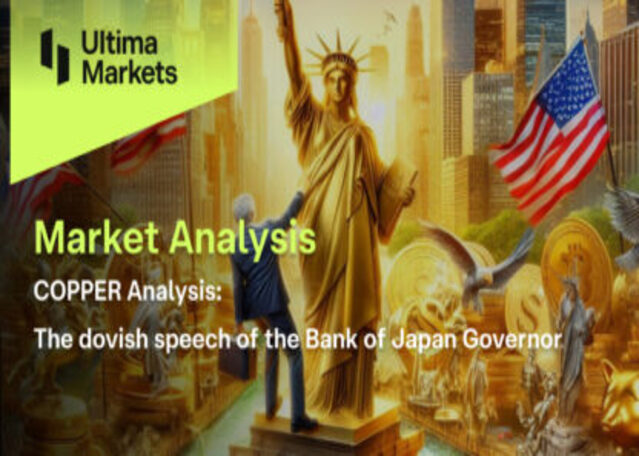How European Currencies Are Shaping Up Amid Global Economic Shifts
European currencies, particularly the British pound (GBP) and the euro (EUR), have emerged as strong performers among G10 currencies this year, reflecting a mix of strategic monetary policy decisions and evolving global market sentiment. The GBP has shown remarkable resilience, largely buoyed by the Bank of England's (BoE) cautious stance in maintaining interest rates at higher levels. This approach has played a pivotal role in supporting the pound’s ongoing strength, positioning it as a preferred currency for yield-seeking investors. In contrast to the more aggressive monetary easing seen elsewhere, notably by the U.S. Federal Reserve and the European Central Bank (ECB), the BoE's relatively hawkish posture has differentiated the pound in the eyes of global markets. While other central banks opted for significant rate cuts as part of their broader efforts to stimulate economic growth, the BoE’s steady course has attracted capital flows, further strengthening the GBP amid improving global risk appetite.
This divergence in monetary policy reflects deeper differences in economic fundamentals across major economies. The Federal Reserve’s sharp rate cuts were largely motivated by concerns over slowing economic growth and the need to stabilize U.S. markets. Similarly, the ECB's decision to implement larger cuts was driven by persistently weak inflation and subdued economic activity across the Eurozone. Against this backdrop, the GBP's relative stability, supported by a more optimistic economic outlook in the UK, has made it a more attractive option for investors seeking returns in a low-yield environment.
Elsewhere in Europe, Scandinavian currencies such as the Norwegian krone (NOK) and the Swedish krona (SEK) have also experienced a notable lift, though their performance has been more nuanced. The Norwegian krone, typically sensitive to fluctuations in global oil prices, has been hindered by the recent decline in oil markets. Lower demand projections from key energy consumers like China, combined with broader concerns about global energy consumption, have weighed on the krone. Given Norway's status as a major oil exporter, the currency’s fortunes remain closely tied to the health of the global oil market. Consequently, despite broader economic improvements, NOK has underperformed relative to other European currencies.
On the other hand, the Swedish krona has displayed greater stability, with the EUR/SEK exchange rate remaining within its established yearly range. Sweden's relatively diversified economy, less dependent on volatile commodities like oil, has contributed to the krona's steadier performance. Additionally, the Swedish economy’s resilience amid global uncertainties, bolstered by strong industrial output and export activity, has supported the krona. However, the direction of SEK will be influenced by future decisions from the Riksbank, which, like many other central banks, is weighing the need for further monetary easing to support growth and inflation targets.
Looking ahead, investors are keenly focused on upcoming monetary policy decisions from key institutions such as the Riksbank and the Swiss National Bank (SNB). Both are anticipated to continue along their paths of rate reductions, following earlier cuts aimed at spurring growth and maintaining price stability. However, despite ongoing rate cuts, the Swiss franc (CHF) has continued to perform well, especially during periods of heightened market volatility. The Swiss franc’s traditional role as a safe-haven asset has helped sustain its strength, even as other currencies have struggled. That said, additional rate cuts by the SNB could introduce downside pressure on the CHF, particularly if global risk sentiment improves and demand for safe-haven assets wanes.
European currencies have outperformed many of their global counterparts in recent months, driven by a combination of stable or moderately dovish central bank policies and evolving global economic conditions. However, their future trajectory will likely depend on a complex interplay of factors. Central bank strategies will be crucial, as policymakers must balance the need for economic stimulus with the risk of undermining their currencies’ appeal. Additionally, shifts in key sectors like energy, equity markets, and global trade dynamics will continue to shape currency performance in the coming months.
This content may have been written by a third party. ACY makes no representation or warranty and assumes no liability as to the accuracy or completeness of the information provided, nor any loss arising from any investment based on a recommendation, forecast or other information supplies by any third-party. This content is information only, and does not constitute financial, investment or other advice on which you can rely.



















